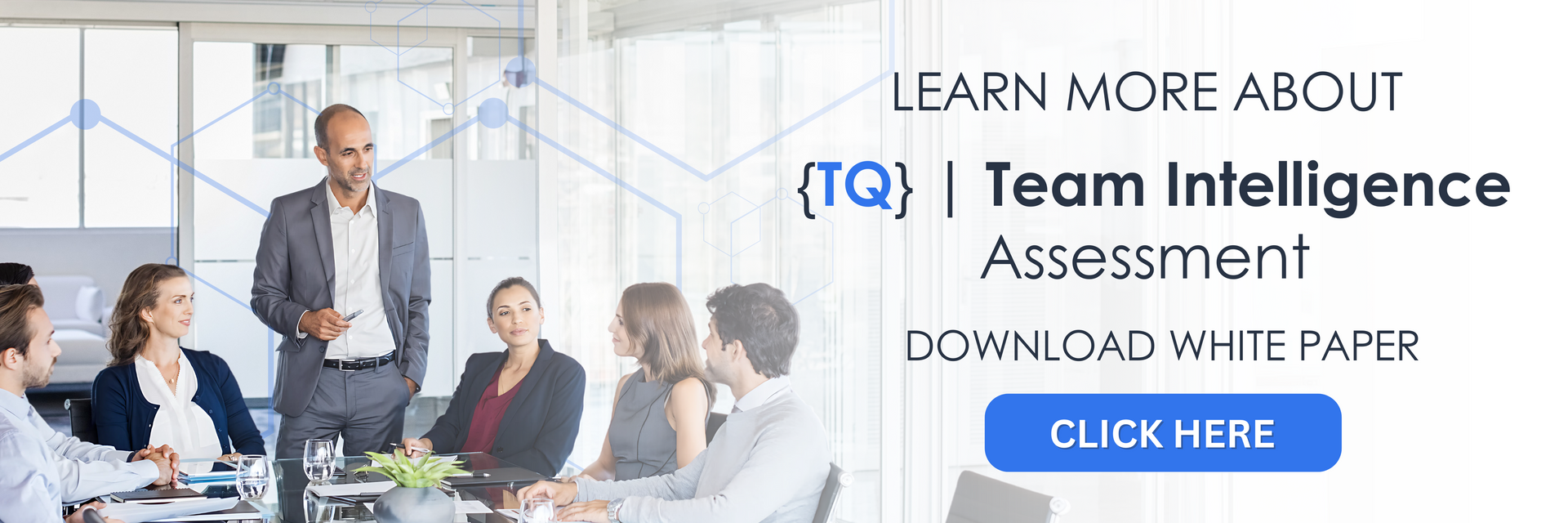Higher Performance Insights | THE PARALYSIS TAX
Why Standing Still Costs More Than Moving Forward - Leader Insights for Campus and District Leaders
Last Tuesday at 9:30 AM, you gathered your most trusted leadership team to discuss AI policy implementation. The stakes felt enormous—student futures, academic integrity, competitive positioning, all hanging in the balance.
Two hours later, you'd facilitated an excellent discussion. Thoughtful questions raised. Valid concerns explored. Multiple perspectives honored.
And made zero decisions.
While your team debated implementation frameworks, six-year-olds in Beijing finished their mandatory AI literacy class—not as a pilot program, but as core curriculum required by the Chinese government starting this fall.
Here's the research finding that stopped me cold: 89% of students already use ChatGPT for homework, yet only 35% of education leaders have concrete implementation plans—despite 97% recognizing AI's transformational benefits.¹
The uncomfortable truth? This article isn't really about AI. It's about the decision-making paralysis that's quietly bleeding your institution's competitive advantage while you perfect your process.
B - The Hidden Crisis Behind Brilliant Teams
I call it the Paralysis Tax—the compounding cost of choosing certainty over progress, perfection over momentum.
Recent MIT research reveals something that challenges everything we believe about high-performing leadership teams: The institutions paying the highest Paralysis Tax aren't those with incompetent leaders. They're the ones with brilliant leaders who can't decide together.²
Dr. Sarah Chen's groundbreaking study of 847 educational leadership teams found that cognitive diversity—typically an asset—becomes a liability when teams lack protocols for leveraging different thinking styles. The result? Paralysis disguised as thoroughness.
- The Analytics Pattern: Data-driven leaders research comprehensive AI statistics but miss critical human adoption dynamics unfolding in real-time.
- The Harmony Pattern: Relationship-focused leaders prioritize stakeholder comfort over necessary change, inadvertently protecting the status quo.
- The Systems Pattern: Process-oriented leaders create policies that are perfectly efficient but systematically exclude innovation opportunities.
- The Innovation Pattern: Visionary leaders pursue cutting-edge solutions while overlooking essential infrastructure and change management needs.
- The Results Pattern: Performance-focused leaders push for immediate wins without establishing sustainable frameworks, resulting in implementation chaos.
Each pattern brings essential value. But teams trapped in pattern dominance pay the Paralysis Tax while competitors methodically pull ahead.
R - What Research Reveals About Decision Velocity
Harvard Business School's three-year study tracking 500 educational institutions exposes the compound cost of decision paralysis with startling clarity:³
- Strategy Paralysis: Teams spending 40% more time in planning phases without measurably increasing implementation success rates
- Innovation Stagnation: Institutions falling 18 months behind early adopters in student preparedness metrics that matter to employers
- Talent Exodus: 23% higher turnover among innovative educators in institutions with chronically slow decision-making processes
- Student Disadvantage: Graduates entering a workforce where AI literacy has shifted from a bonus skill to a baseline expectation
Stanford's Leadership Institute research adds another dimension: Teams with time-bounded decision-making processes demonstrate 64% higher implementation success rates and 27% greater team satisfaction.⁴
The most expensive cost? Watching peer institutions systematically pull ahead while you're still forming exploratory committees.
E - The Chinese Advantage: Cognitive Balance in Action
China's remarkable AI education momentum isn't about superior resources or governmental mandate—it's about cognitive balance in collective decision-making.
Their national AI education guidelines integrate technical training with ethical reasoning, individual skill development with collaborative applications, and innovation acceleration with systematic implementation protocols.⁵
While Western institutions agonize over academic integrity policies, Chinese universities teach responsible AI use as core competency. The measurable result? Nearly 60% of faculty and students use AI tools multiple times daily within clear ethical frameworks.⁶
They're not smarter than us. They're not better funded than us. They're thinking differently TOGETHER.
This is what breakthrough looks like when teams develop what MIT's Center for Collective Intelligence calls "Team Intelligence"—the capacity to leverage all cognitive perspectives in service of collective action rather than collective analysis.
A - HOW TO: Transform Analysis Paralysis Into Strategic Action
Step 1: Diagnose Your Team's Cognitive Imbalance (10 minutes) - Before your next strategic meeting, ask each team member to complete this rapid assessment:
- "What's your primary concern about [current challenge] implementation?" (Listen for pattern dominance)
- "What would need to be true for you to confidently support moving forward?" (Identify activation conditions)
- "What's the measurable cost of waiting another semester to act?" (Create urgency alignment)
Pattern recognition is everything. Analytics leaders will cite research gaps. Harmony leaders will mention stakeholder resistance. Systems leaders will identify process deficiencies. Innovation leaders will point to infrastructure limitations. Results leaders will emphasize timeline pressures.
Step 2: Practice "Loving Your Opposites" (Structured Integration) - Harvard research demonstrates that teams with cognitive diversity outperform homogeneous teams by 87% on complex decisions—but only when they have explicit protocols for leveraging these differences.⁷
Use this exact language sequence in your next decision-making session:
- "I need to understand how [opposite perspective] would strengthen our approach to this challenge."
- "What specific evidence would you need to see to feel confident about this direction?"
- "How can we honor both [innovation/stability, speed/thoroughness, individual/collective needs] in our implementation strategy?"
Step 3: Implement the 72-Hour Decision Protocol - Transform endless discussion into bounded decision-making:
- Hour 1-24: Individual preparation using each member's cognitive strengths
- Hour 25-48: Collective decision-making session with structured perspective integration
- Hour 49-72: Implementation planning with type-specific accountability measures
Warning: Teams resist time boundaries initially. Stay firm. Parkinson's Law applies to decision-making: Work expands to fill available time, including decision-making work.
K - The Collective Intelligence Multiplier Effect
Here's what breakthrough teams understand that struggling teams often miss: Individual expertise becomes exponentially more powerful when combined through collective intelligence protocols.
MIT's Center for Collective Intelligence research tracking 1,000 educational leadership teams reveals that high-Team Intelligence (TQ) teams demonstrate:⁸
- 40% faster problem resolution in complex, multi-stakeholder situations
- 27% higher team member satisfaction and retention rates
- 35% more strategic objectives achieved within original timelines
- 52% better stakeholder confidence in leadership decisions
These teams don't avoid difficult challenges—they approach them systematically through cognitive balance rather than cognitive dominance.
Phase 1: Cognitive Balance Integration - Ensure analytical rigor AND relational wisdom, systematic planning AND innovative exploration, immediate results AND long-term sustainability thinking are represented in every major decision.
Phase 2: Collective Decision-Making Protocols - Transform natural tension into creative energy through structured processes that capture diverse perspectives and build trust through differences, not despite them.
Phase 3: Synchronized Execution - Leverage each thinking style's implementation strengths by utilizing accountability systems designed for diverse approaches, rather than relying on one-size-fits-all monitoring.
T - From Individual Brilliance to Collective Transformation
Last week, a superintendent shared this with me: "We spent eight months developing our AI policy framework while our students taught themselves to use it and our competitor district launched their implementation."
That's the Paralysis Tax extracted with compound interest.
But here's the deeper pattern I see everywhere: How many institutions have spent the last four years—eight semesters—refining shared governance models while the world fundamentally transformed around them?
Committee after committee. Framework after framework. Policy about how to make policies about policies. All while enrollment shifts, technology advances, workforce demands evolve, and students graduate into a reality we're still debating how to prepare them for.
The institutions that consistently thrive don't wait for perfect processes. They start with imperfect action, guided by collective intelligence protocols.
They leverage early adopters while systematically addressing implementation concerns. They teach ethical AI use through comprehensive practice rather than prohibition. They iterate their way to competitive advantage instead of waiting for competitors to prove viability.
Your students deserve leaders who can think together as powerfully as they think individually. Your community deserves decision-making velocity that matches the pace of change they're navigating.
The question isn't whether AI will transform education—that transformation is happening with or without your participation. The question is whether your leadership team will guide that transformation or be managed by it.
H - Your Strategic Choice Point
Every day you spend perfecting your decision-making process is a day your students fall further behind global peers who are learning to work WITH emerging realities, not around them.
Will you pay the Paralysis Tax another semester?
Or will you invest in the collective intelligence that transforms uncertainty into your system's strategic advantage?
The Paralysis Tax compounds daily. But so does the competitive advantage of teams that learn to decide together as brilliantly as they analyze individually.
Your choice. Your students' futures. Your legacy as leaders who could think together when it mattered most.
READY TO TRANSFORM?
Stop hoping individual experts will eventually coordinate better. Start building the collective intelligence that creates breakthrough results for students.
The first step is understanding your team's current intelligence quotient. In just 5 minutes per team member, you can discover:
- Where your team defaults to individual rather than collective thinking
- Which cognitive perspectives naturally enhance group intelligence
- How to transform your most challenging dynamics into breakthrough collaboration
Discover Your Team Intelligence → Take the 5-Minute Educational Leadership Team Assessment
https://www.higherperformancegroup.com/the-group
Because when you can't create collective intelligence among leaders, you can't create breakthrough results for students. But when you develop TEAM INTELLIGENCE, your assembled expertise becomes the foundation for solutions that transform everything.
References:
- Arts Smart AI. (2024). AI in Education: 2025 Statistics & the Future of Learning. Comprehensive adoption and usage statistics.
- MIT Technology Review. (2025). Decision-making patterns in educational leadership teams. Cognitive diversity research.
- Harvard Business School. (2024). The Cost of Decision Paralysis in Complex Organizations. Three-year longitudinal study.
- Stanford Leadership Institute. (2024). Time-bounded decision protocols in complex organizations. Implementation success factors.
- Global Times. (2024). China issues guidelines to promote AI education in primary and secondary schools. National education policy frameworks.
- MIT Technology Review. (2025). Chinese universities want students to use more AI, not less. International approaches to AI integration.
- Harvard Business School. (2024). Cognitive Diversity and Team Performance. Quarterly review of management practices.
- MIT Center for Collective Intelligence. (2024). Team Intelligence research findings: Analysis of 1,000 educational leadership teams. Performance correlation study.
Higher Performance Group transforms talented but average-performing leadership teams into breakthrough systems powered by TEAM INTELLIGENCE. Because individual brilliance is the ceiling—TEAM INTELLIGENCE is the breakthrough.
Do you want more leadership topics and guides?
Join THE GROUP
An online community for higher education leaders, where we offer a library of lessons and guides that can be utilized during your leadership sessions and other resources.
Help Spread the Word
If you found value in this post, we’d love your help spreading the word! Please consider sharing this on your favorite social media platform and tag Higher Performance Group and Dr. Joe Hill. Your support helps us reach and inspire more awesome people like you!
Like What You've Read?
Get practical, research-based ideas to Accelerate
Higher Team Performance delivered straight to your inbox every Tuesday.
More Blog Articles





